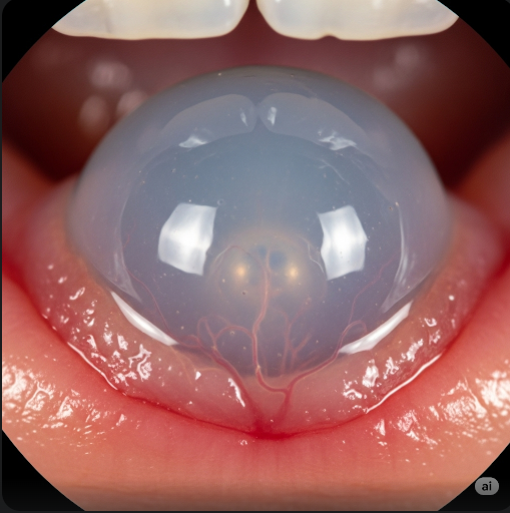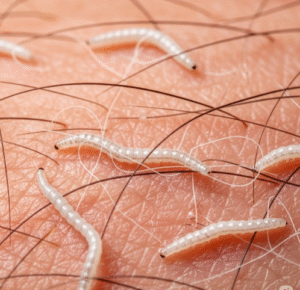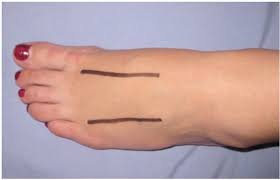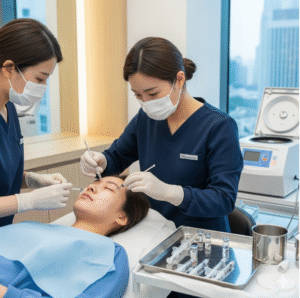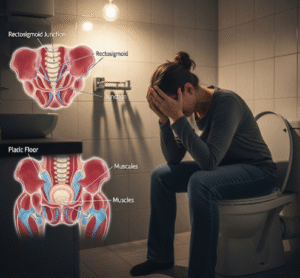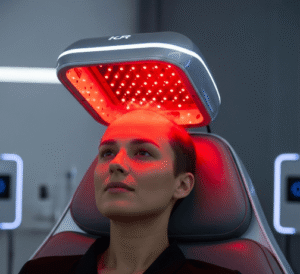Overview
Oral mucocele is a common, benign (non-cancerous) cyst that forms inside the mouth when a salivary gland duct becomes blocked or damaged. It typically appears as a soft, painless bump on the inner lips, cheeks, or floor of the mouth. While mucoceles are usually harmless and may resolve on their own, larger or persistent ones may require treatment, especially if they interfere with speech, chewing, or appearance.
What is Oral Mucocele?
An oral mucocele is a fluid-filled cyst caused by the accumulation of mucus from a ruptured or obstructed salivary gland. These cysts are most often caused by trauma, such as accidentally biting the lip or cheek. Mucoceles can vary in size and may fluctuate, becoming larger or smaller over time. Though generally not painful, they can cause discomfort or cosmetic concerns depending on their location and size.
Symptoms
- Soft, round bump or swelling inside the mouth
- Bluish or translucent appearance
- Fluctuating size (may grow and shrink)
- Typically painless, but can be tender if irritated
- Most common on the inner lower lip, but also found on the cheek, tongue, or floor of the mouth
- In some cases, rupture and reformation of the cyst
Causes
Mucoceles occur when the duct of a minor salivary gland is injured or blocked, leading to mucus buildup. Common causes include:
- Lip or cheek biting
- Trauma from dental appliances or sharp teeth
- Damage from sports or accidents
- Obstruction of salivary ducts
- Habitual behaviors like sucking or chewing the lip
Risk Factors
- Repetitive lip or cheek biting
- Poorly fitting dental appliances (e.g., braces, retainers)
- Participation in contact sports without mouth protection
- Younger age (mucoceles are more common in children and young adults)
- Chronic irritation or poor oral habits
- Underlying salivary gland disorders
Complications
Although mucoceles are generally harmless, complications can occur if left untreated:
- Persistent or enlarging cysts causing discomfort
- Interference with chewing or speaking
- Infection in rare cases
- Recurrence after rupture or incomplete removal
- Misdiagnosis of other lesions (some mucoceles may resemble tumors or other cysts)
Prevention
- Avoid lip and cheek biting
- Use protective gear during sports or physical activities
- Practice good oral hygiene and regular dental checkups
- Address dental malocclusion or sharp tooth edges that may cause trauma
- Reduce habits such as lip sucking or chewing
- Seek early evaluation of any persistent oral bump
Treatment Option in Korea
South Korea offers advanced and minimally invasive treatment options for oral mucoceles through skilled dental and oral surgery clinics. Treatment may include:
- Observation: In mild cases, mucoceles may resolve naturally without intervention
- Surgical excision: Removal of the cyst and the affected salivary gland duct to prevent recurrence
- Laser surgery: A popular and precise method in Korean clinics, offering quicker healing and minimal bleeding
- Marsupialization: A technique where the cyst is opened and sutured to allow continuous drainage
- Biopsy and lab analysis: To confirm diagnosis and rule out other lesions
Top hospitals like Seoul National University Dental Hospital, Asan Medical Center, and Yonsei University Dental Hospital offer expert oral surgeons and modern facilities. Many clinics also provide services in English and cater to international patients with personalized care and follow-up support.

